21.11.2021 —
15.1.2022Mille Plateaux
15.1.2022
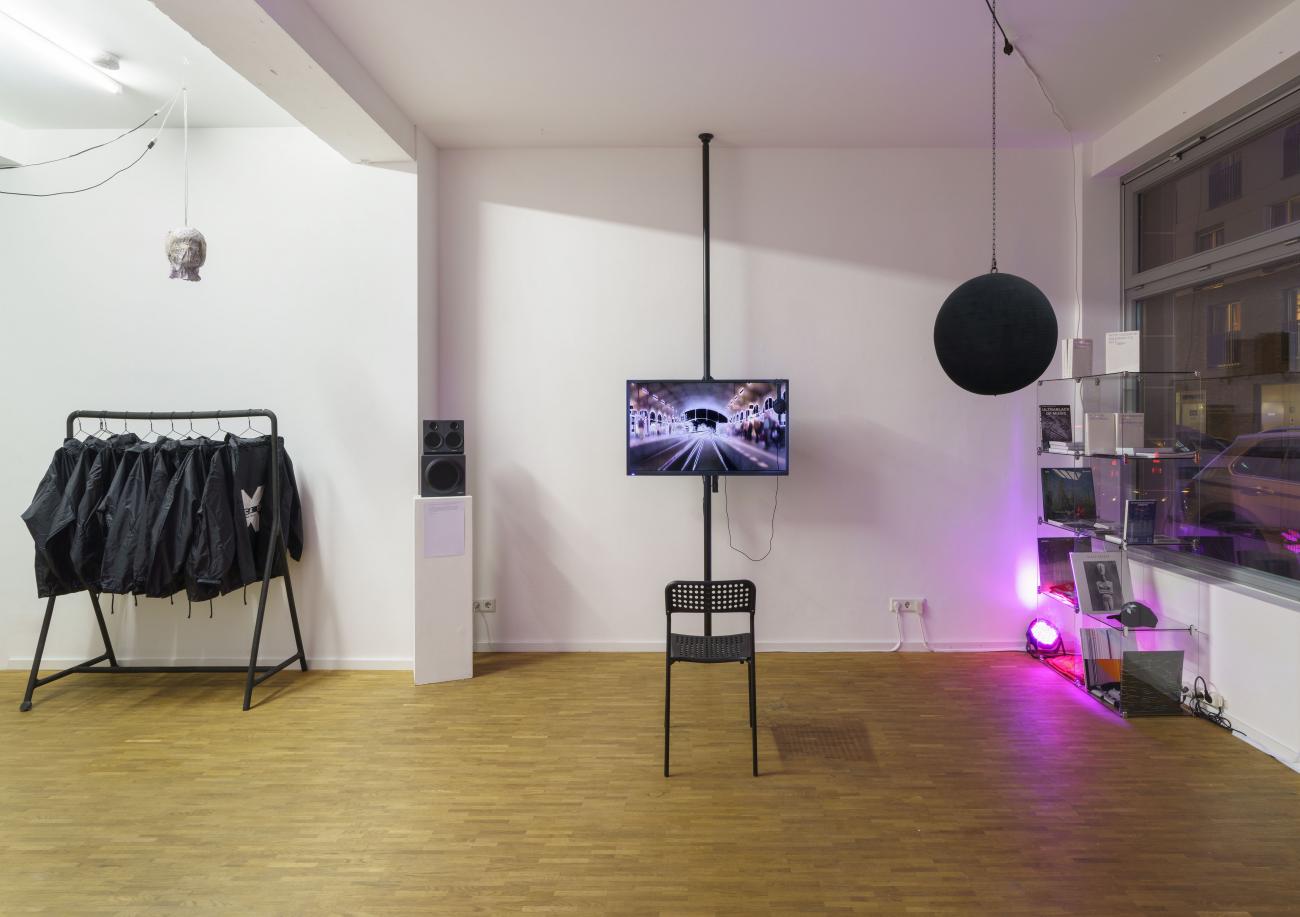
- Deutsch siehe unten -
NONPLUSULTRABLACK brings together contributions by John-Robin Bold & Andy Cowling, DMSTFCTN, Lain Iwakura, Thomas Köner, Frédéric Neyrat, Realism Working Group, Achim Szepanski and Simona Zamboli.
Since 1991, the network around the labels Force Inc., Mille Plateaux, Position Chrome, Communism Records and many more, initiated by a.o. Achim Szepanski, has had a subterranean influence on the development of electronic music from Frankfurt. Thus, entire genres such as Clicks & Cuts and Glitch were significantly influenced by the releases of Mille Plateaux. Glitch music is usually characterized by a transformation of sound artifacts that can be caused by malfunctions of digital technology, such as bugs, crashes, system errors, hardware noise, CD jumps and digital distortions. „For us, glitch is more a part of Clicks & Cuts: dark glitch is the non-signal used not to capitalize on the click or error as a signal for the quasi-derivative of the surplus of successful goal-setting, but as a non-successful swim in the noise of non-music. Dark glitch is the non-signal used not to capitalize the click as a signal for the quasi-derivative of the surplus of successful aiming, but as non-successful swimming in the noise of the non-music. When we listen to a track, we always hear other things, which Deleuze describes as forces, duration, sensation, and lightness, depending on how tempos, rhythm, and sound are varied.“ (Achim Szepanski)
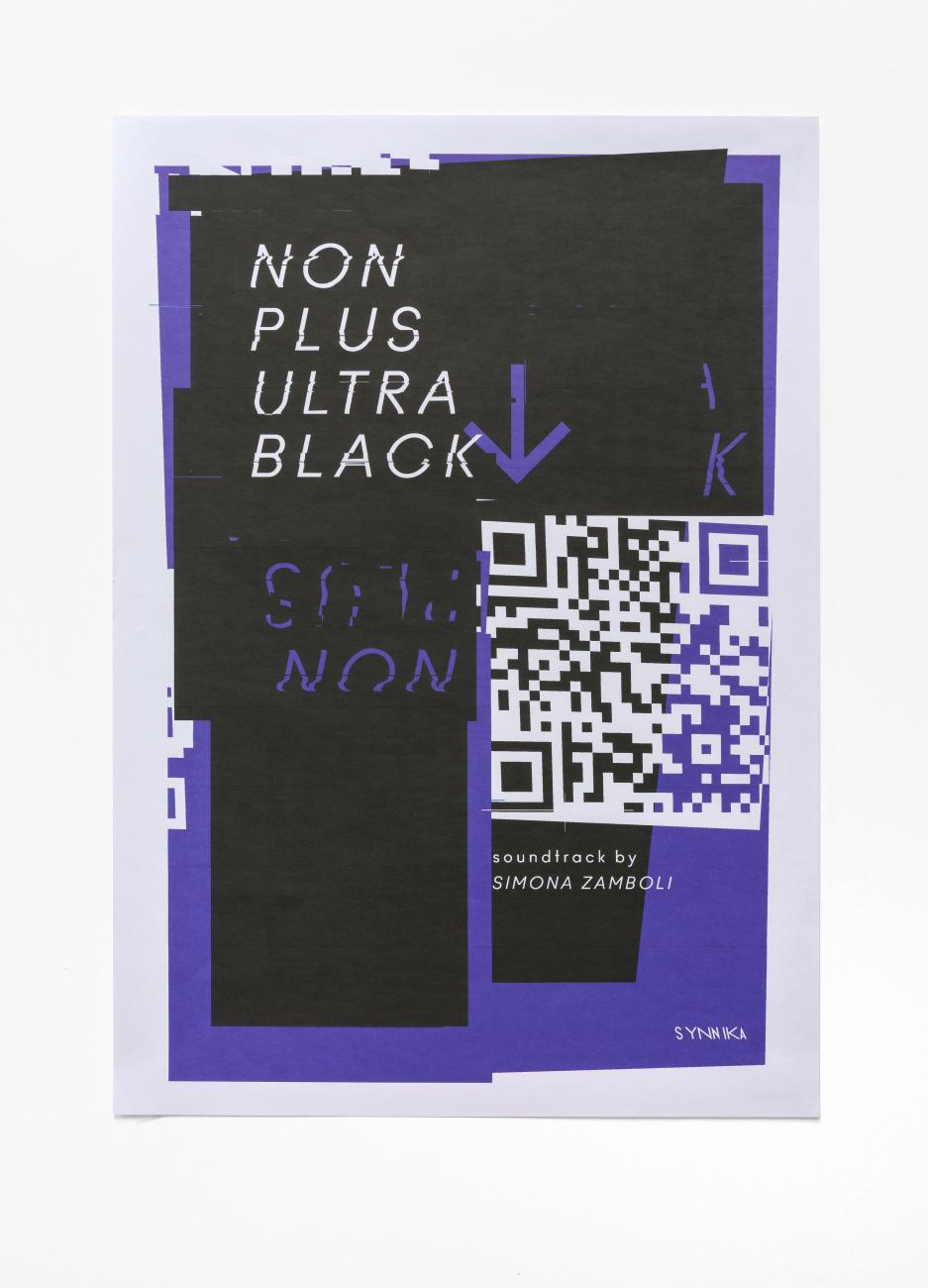
NONPLUSULTRABLACK, 2021
Simona Zamboli
commissioned soundtrack, 26:21 min, available via QR code in the window installation at Synnika
Mille Plateaux has never merely affirmed techno-utopianism, accelerationism, or Eshun’s Afrofuturism. They have been even less impressed by the toxic and creative trends of techno capital, which has brought the world to a frenzied standstill with its music of simple-minded harmonies and metrics. Instead, explicitly political stance is combined with aesthetic difference. For example, in 1993 with the compilation Destroy Deutschland! or in recent years on the NON blog (non.copyriot.org), which is closely linked to the label and on which international theoretical and artistic contributions on topics such as nonmusic, necropolitics, EconoFicition, GenericScience, Philofiction are collected and published.
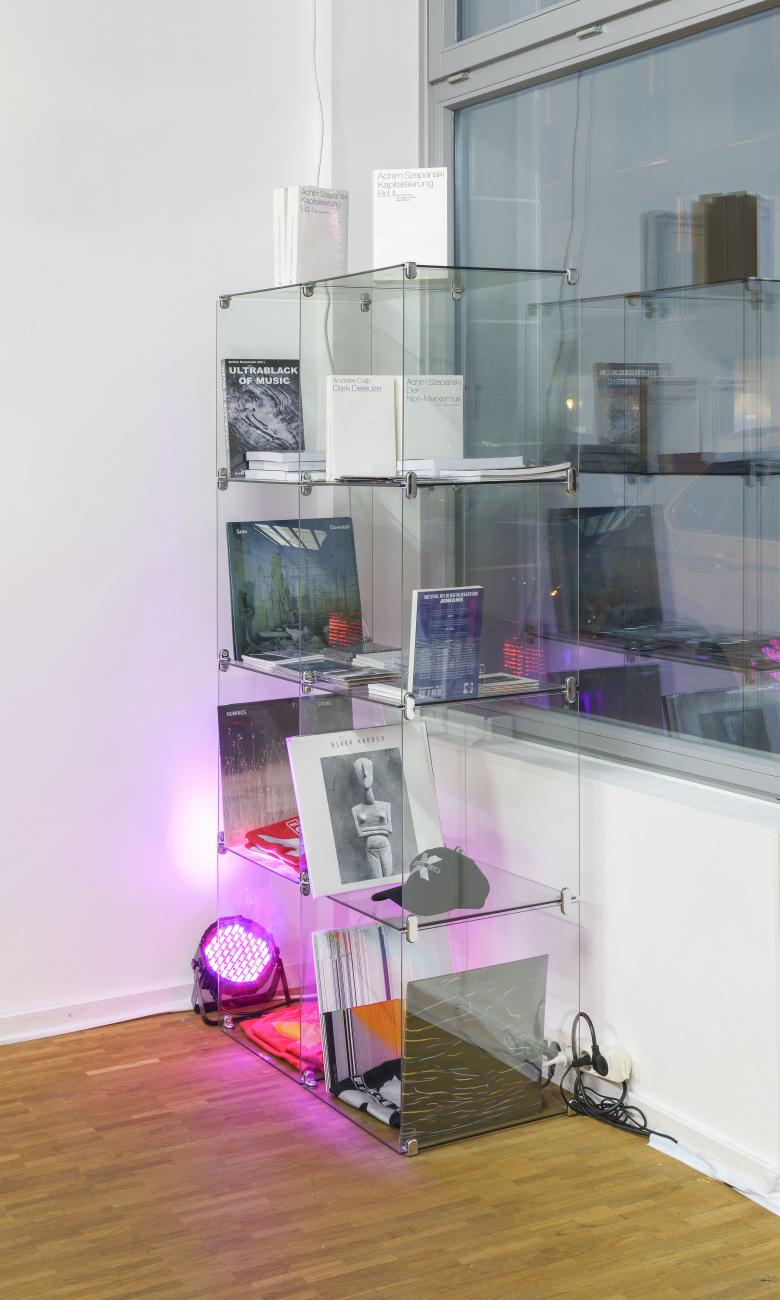
Force inc. Mille Plateaux and NON products, 1991-2021
The focus is on the concept of ultrablackness: anonymous, dark, black, hidden, concealed, encrypted, opaque, undercover, incomprehensible. The concepts of invisibility work against the wars of appearances. Ultrablack of Music dares the exodus and listens to those forces and sounds that tell of the unheard in music. Sound, that is the vibration, resonance and diffraction of waves in the black cosmos. „What is Ultraback if not a project of political-aesthetic ex-cursion? We use darkness to denote the outside. The outside has many names: The disruption, the contingent, the void, the silence, the unexpected, the random, the collapse, the catastrophe. But we also have protective barriers, that’s the purpose of Deleuze’s ritornello, reminding us of our own strength even as we travel with alien sounds and allow ourselves to be led into the outside.“ (Achim Szepanski)
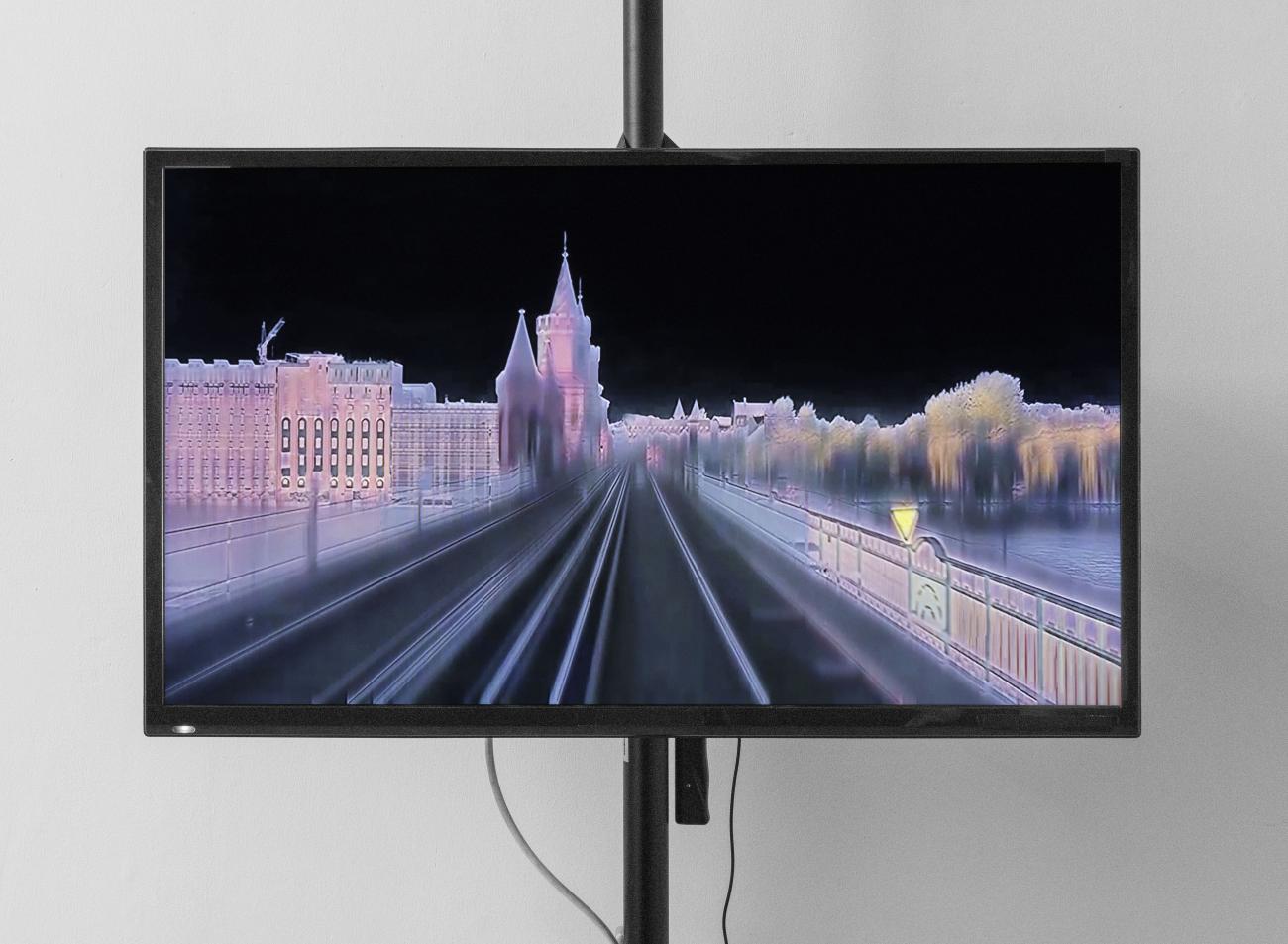
10 000 Millions, 2021
Thomas Köner
HD video, stereo, 34:07 min
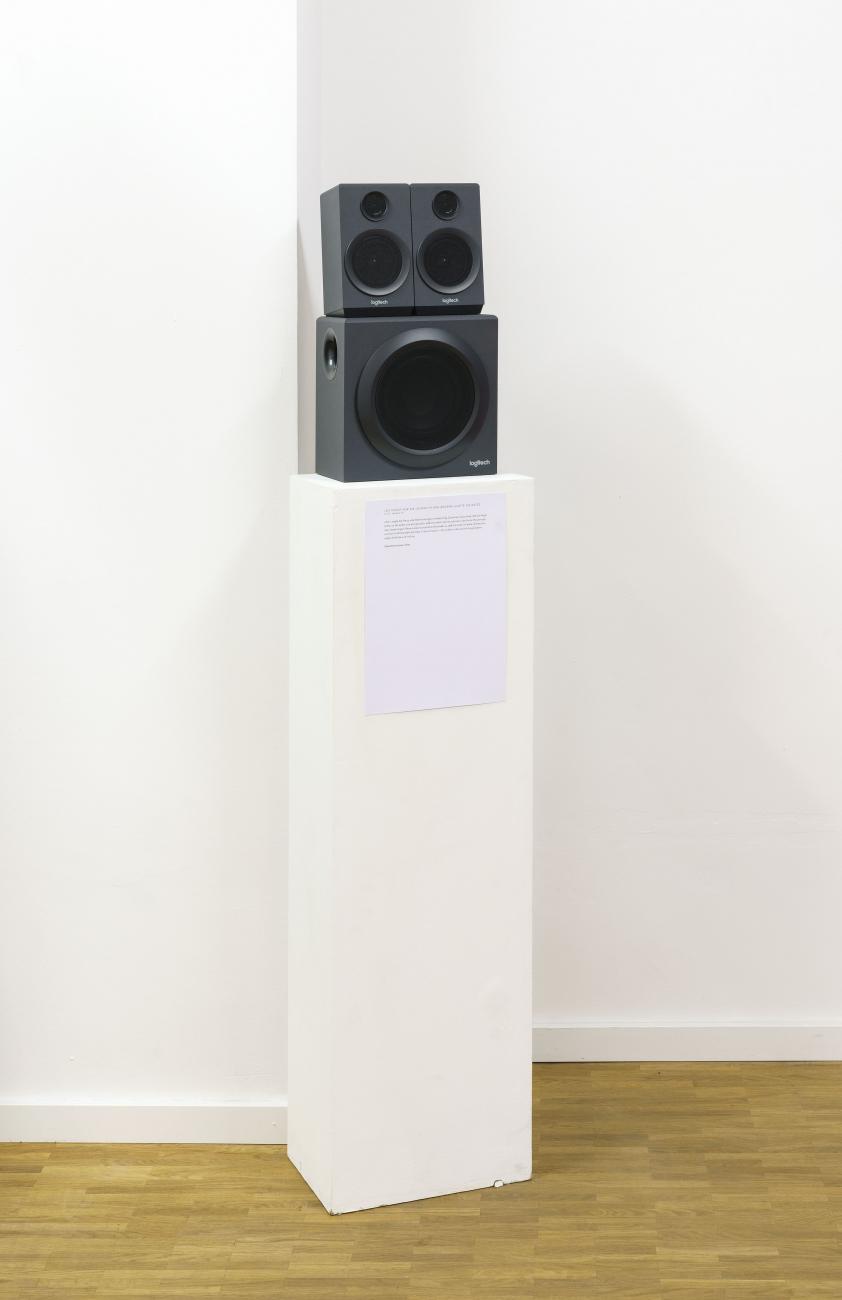
»Du mußt nur die Laufrichtung ändern«, sagte die Katze, 2021
Lain Iwakura
Audio on speakers, 1.854.081.073.152.000 notes
„We keep coming back to Deleuzo-Guattarian politics: the nomad and the poly-rhizome, the stranger who speaks in a small language, the non-musician who traces, beyond the time of day, the immanent rhythmicity of the rhythm in the hearing-within-the-rhythm that transcends the beat of the significant „ding ding ding ding.““ (Achim Szepanski) Today, all retro styles are sold as contemporary precisely because there are no truly out-of-time alternatives. If everything is retro, on the one hand it makes no sense to call certain phenomena retro, on the other hand nothing is retro anymore. Time turns white and techno, like rock before it, is end-stored in the museum. Mille Plateaux is not about writing new music that draws from older recordings, but about constructing new non-music inspired by the technological conditions under which those recordings were made. The installation NONPLUSULTRABLACK at Synnika opens a window into the history and present of this attempt with contributions by Achim Szepanski, Thomas Köner, Demystification Committee, Lain Iwakura, Frédéric Neyrat, John-Robin Bold & Andy Cowling, Simona Zamboli and the Realism Working Group.
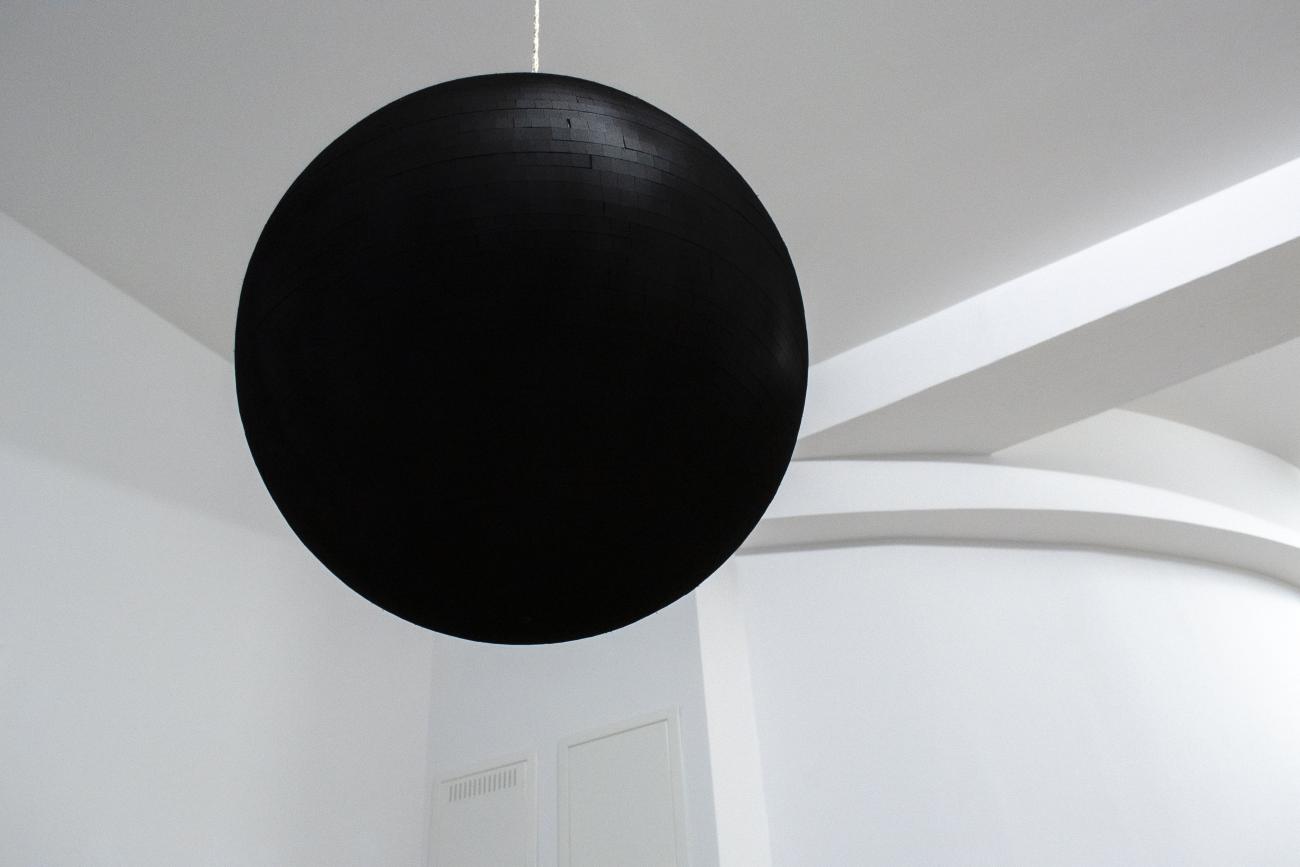
Black Circle in Three Dimensions, 2021
Realism Working Group
mirror ball, 1 RPM motor, ultra black coating
foto: Synnika
NONPLUSULTRABLACK versammelt Beiträge von John-Robin Bold & Andy Cowling, DMSTFCTN, Lain Iwakura, Thomas Köner, Frédéric Neyrat, Realism Working Group, Achim Szepanski und Simona Zamboli.
Seit 1991 hat das unter anderem von Achim Szepanski initiierte Netzwerk um die Labels Force Inc., Mille Plateaux, Position Chrome, Communism Records uvm. die Entwicklung der elektronischen Musik von Frankfurt aus mitgeprägt. So wurden ganze Genres wie Clicks & Cuts und Glitch maßgeblich von den Releases von Mille Plateaux geprägt. Glitch-Musik zeichnet sich in der Regel durch eine Umwandlung von Klangartefakten aus, die durch Fehlfunktionen digitaler Technologie entstehen können, z. B. durch Bugs, Abstürze, Systemfehler, Hardwaregeräusche, CD-Sprünge und digitale Verzerrungen. »Für uns ist Glitch eher ein Teil von Clicks & Cuts: Dark Glitch ist das Nicht-Signal, das nicht verwendet wird, um den Klick oder den Fehler als Signal für das Quasi-Derivat des Überschusses an erfolgreicher Zielsetzung zu kapitalisieren, sondern als nicht-erfolgreiches Schwimmen im Rauschen der Nicht-Musik. Wenn wir einen Track hören, hören wir immer auch andere Dinge, die Deleuze als Kräfte, Dauer, Empfindung und Leichtigkeit beschreibt, je nachdem wie Tempi, Rhythmus und Klang variiert werden.« (Achim Szepanski)
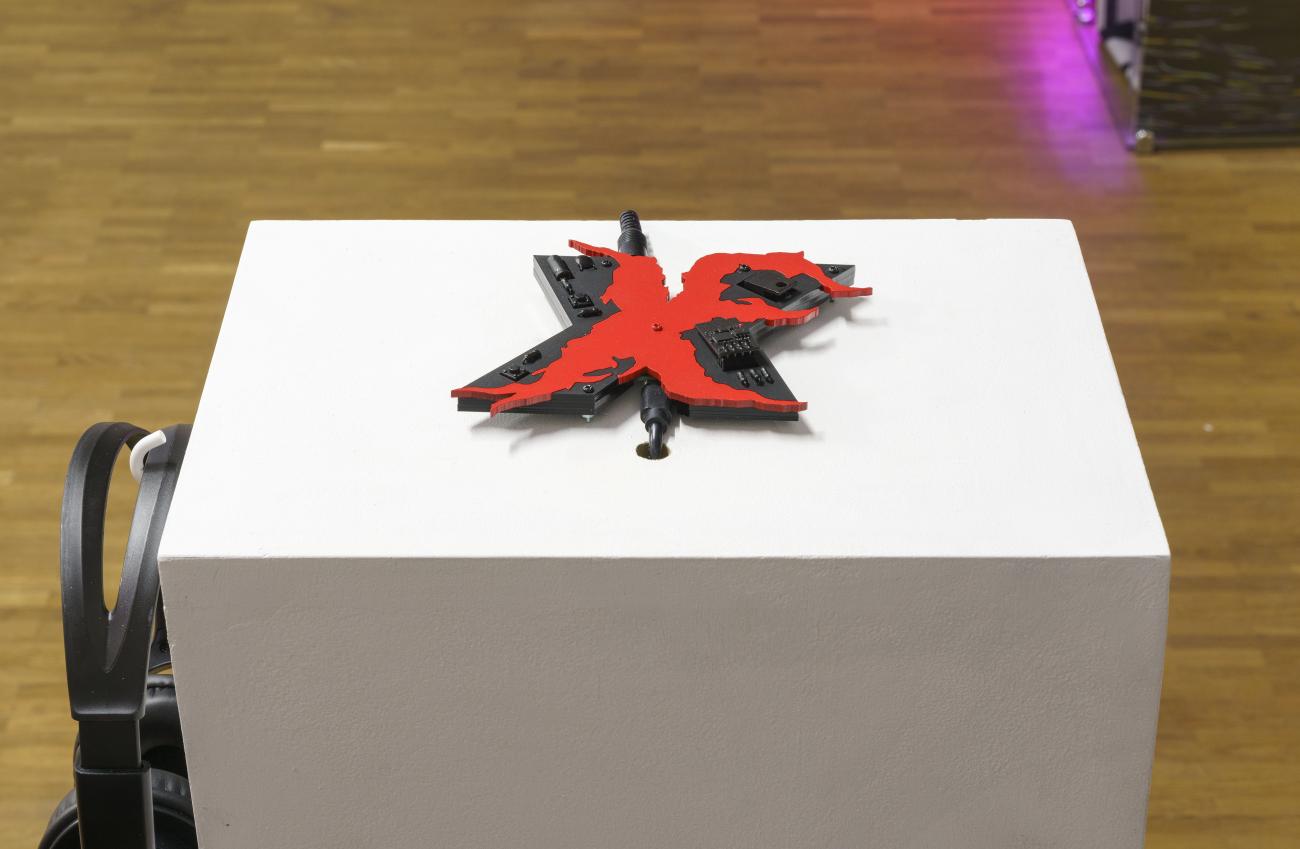
NEX, 2018
DMSTFCTN
USB powered WiFi sniffer/noise synth.
NEX reads the Wifi activity in the 2.4ghz spectrum and uses that to control a small, custom embedded sound generation program.
Mille Plateaux hat dabei nie bloß Techno-Utopismus, Akzelerationismus oder Eshuns Afrofuturismus affirmiert. Noch weniger haben sie sich von den toxischen und kreativen Trends des Techno-Kapitals beeindrucken lassen, das die Welt mit seiner Musik der einfältigen Harmonien und Metriken in einen rasenden Stillstand versetzt hat. Stattdessen wird explizit politische Haltung mit ästhetischer Differenz verbunden. So zum Beispiel 1993 mit der Compilation »Destroy Deutschland! « oder in den letzten Jahren auf dem mit dem Label eng verbunden NON blog (non.copyriot.org), auf dem internationale theoretische und künstlerische Beiträge zu Themen wie Nonmusic, Necropolitics, EconoFicition, GenericScience oder PhiloFiction gesammelt und veröffentlicht werden.
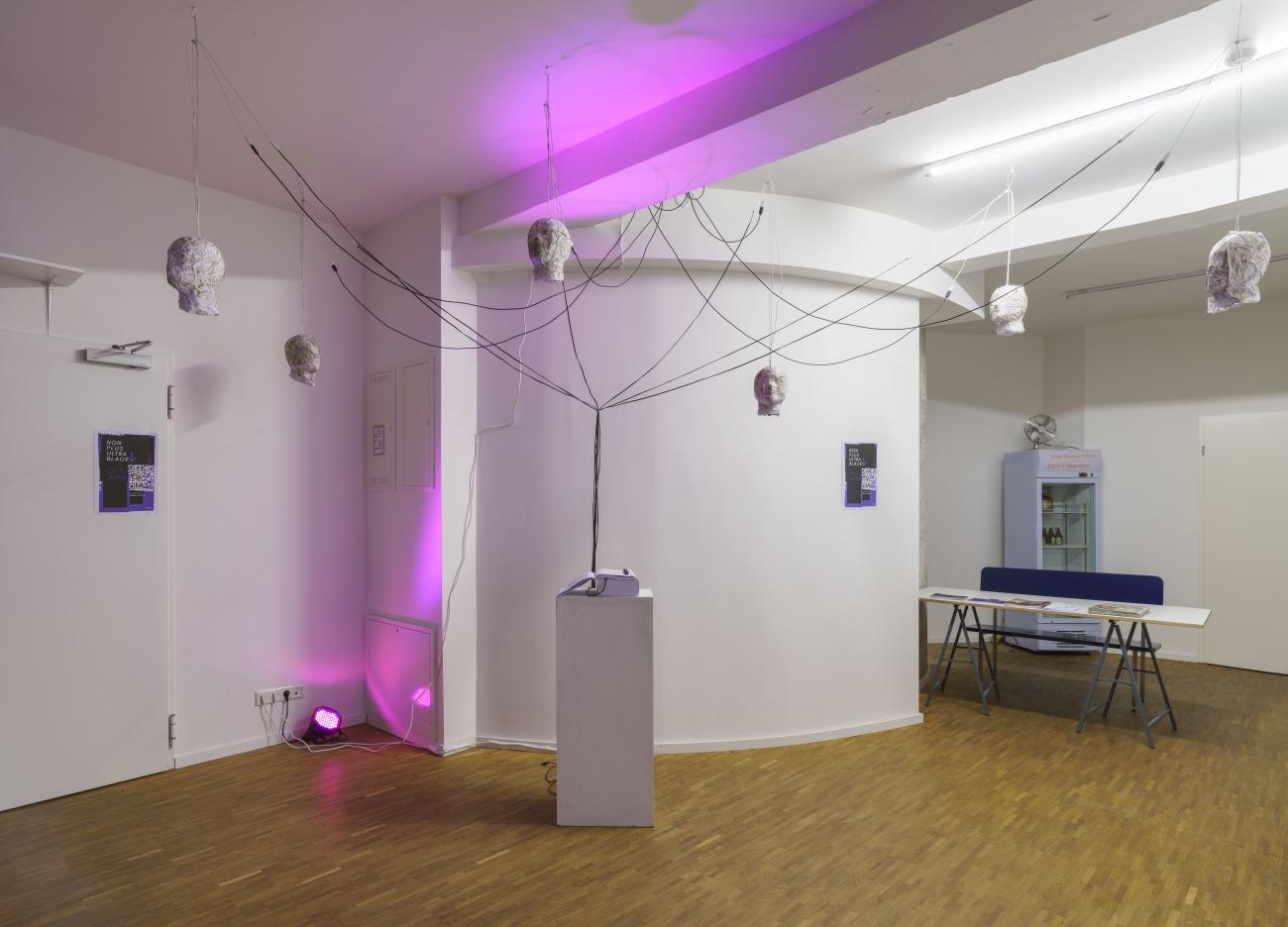
SYNOPSIS, 2021
John-Robin Bold & Andy Cowling
interactive installation, dummy heads with built-in loudspeakers, book with built-in midi-controller, Max-Patch, Text
Im Mittelpunkt steht das Konzept der Ultrablackness: Anonym, dunkel, schwarz, verborgen, verdeckt, verschlüsselt, undurchsichtig, undercover, unverständlich. Die Konzepte der Unsichtbarkeit arbeiten gegen die Kriege des Scheins. Ultrablack of Music wagt den Exodus und lauscht jenen Kräften und Sounds, die vom Ungehörten in der Musik erzählen. Sound, das ist die Vibration, Resonanz und Diffraktion von Wellen im schwarzen Kosmos. »Was ist Ultraback, wenn nicht ein Projekt der politisch-ästhetischen Ex-Kursion? Wir verwenden Dunkelheit, um das Außen zu bezeichnen. Das Außen hat viele Namen: Die Störung, das Kontingente, die Leere, die Stille, das Unerwartete, das Zufällige, der Zusammenbruch, die Katastrophe. Aber wir haben auch schützende Barrieren, das ist der Zweck von Deleuzes Ritornell, das uns an die eigene Stärke erinnert, selbst wenn wir mit fremden Sounds reisen und uns ins Außen führen lassen.« (Achim Szepanski) Blackness ist eine Krypto-Ontologie, ein Krypto-Sound, der dem Sein absolut verschlossen ist. Schwarz ist die Grundlage einer Nicht-Musik, einer neuen Musikutopie, die im generischen schwarzen Universum wurzelt.
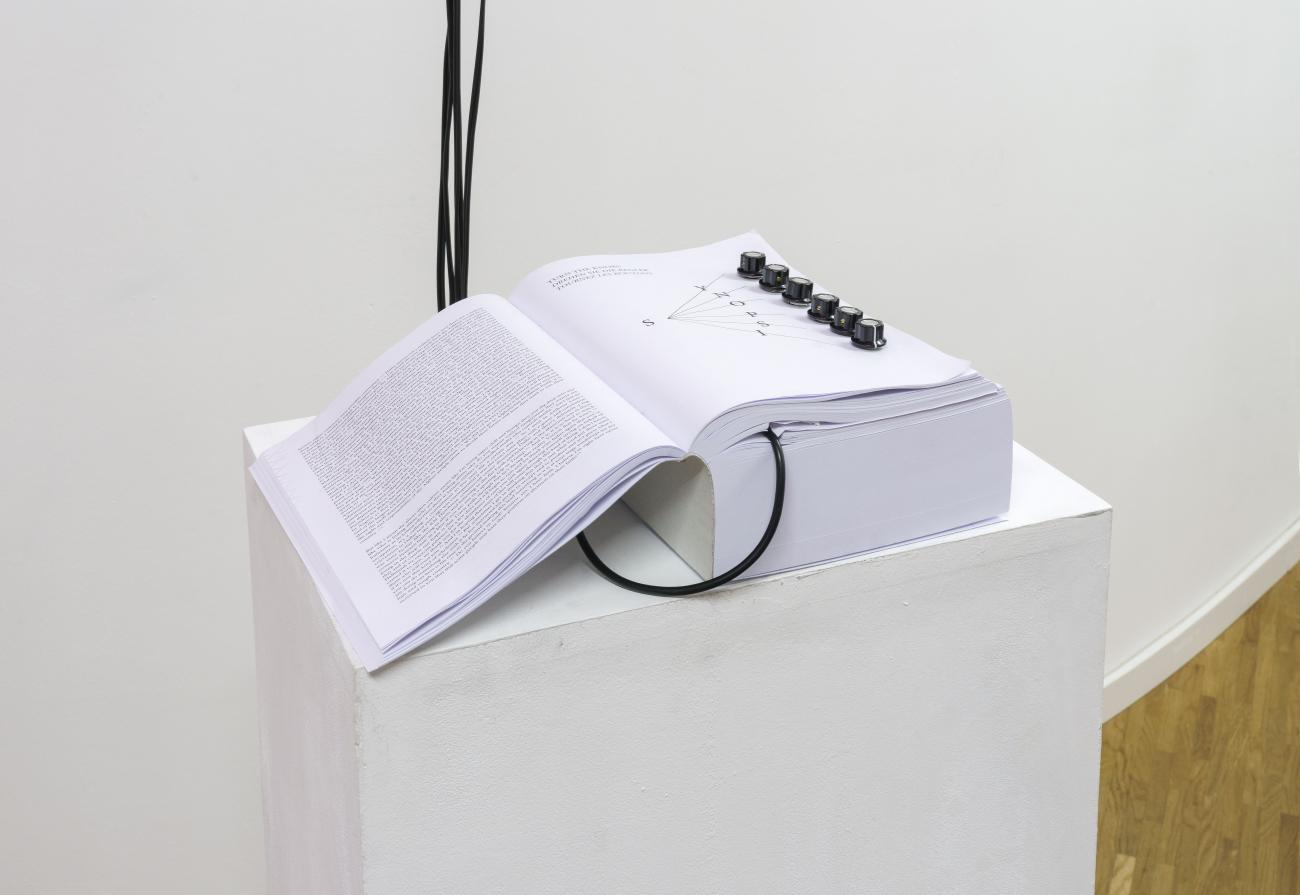
»Wir kommen immer wieder auf die Politik von Deleuze-Guattari zurück: der Nomade und das Poly-Rhizom, der Fremde, der in einer kleinen Sprache spricht, der Nicht-Musiker, der jenseits der Uhrzeit die immanente Rhythmik des Rhythmus im Hören-im-Rhythmus aufspürt, die den Takt des signifikanten »ding ding ding ding« überschreitet.« (Achim Szepanski)
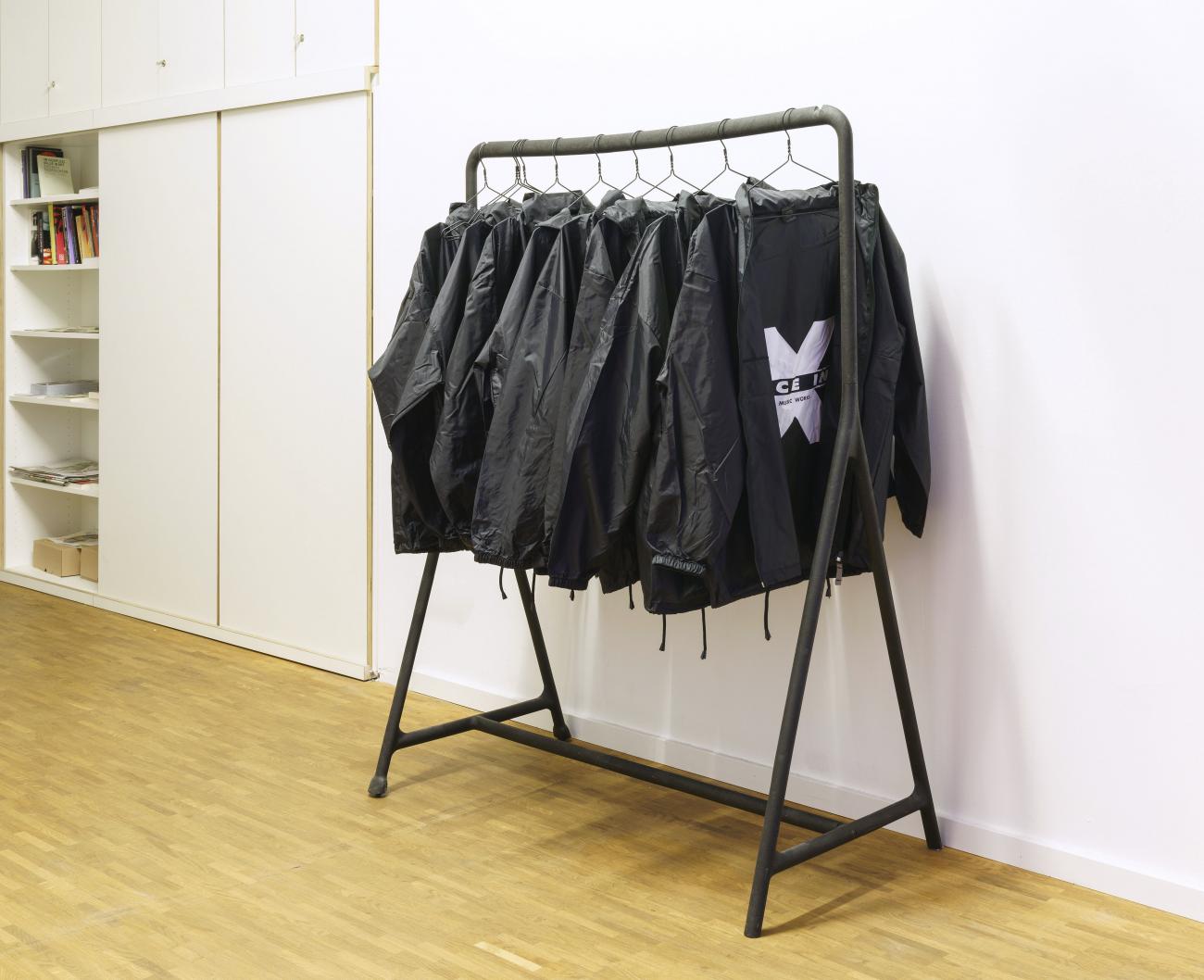
Force inc. Mille Plateaux merchandise
printed nylon jackets, edition of 20
Heute werden alle Retrostile als zeitgemäß verkauft, eben weil es keine wirklich unzeitgemäßen Alternativen gibt. Wenn alles retro ist, ist es einerseits sinnlos, bestimmte Phänomene als retro zu bezeichnen, andererseits ist nichts mehr retro. Die Zeit wird weiß und Techno wird im Museum end-gelagert. Mille Plateaux geht es nicht darum, neue Musik zu schreiben, die von älteren Aufnahmen zehrt, sondern neue Nicht-Musik zu konstruieren, die von den technologischen Bedingungen inspiriert ist, unter denen diese Aufnahmen entstanden sind. Die Installation NONPLUSULTRABLACK im Synnika öffnet ein Fenster in die Geschichte und Gegenwart dieses Versuchs mit Beiträgen von Achim Szepanski, DMSTFCTN, Frédéric Neyrat, John-Robin Bold & Andy Cowling, Lain Iwakura, Realism Working Group, Simona Zamboli und Thomas Köner.
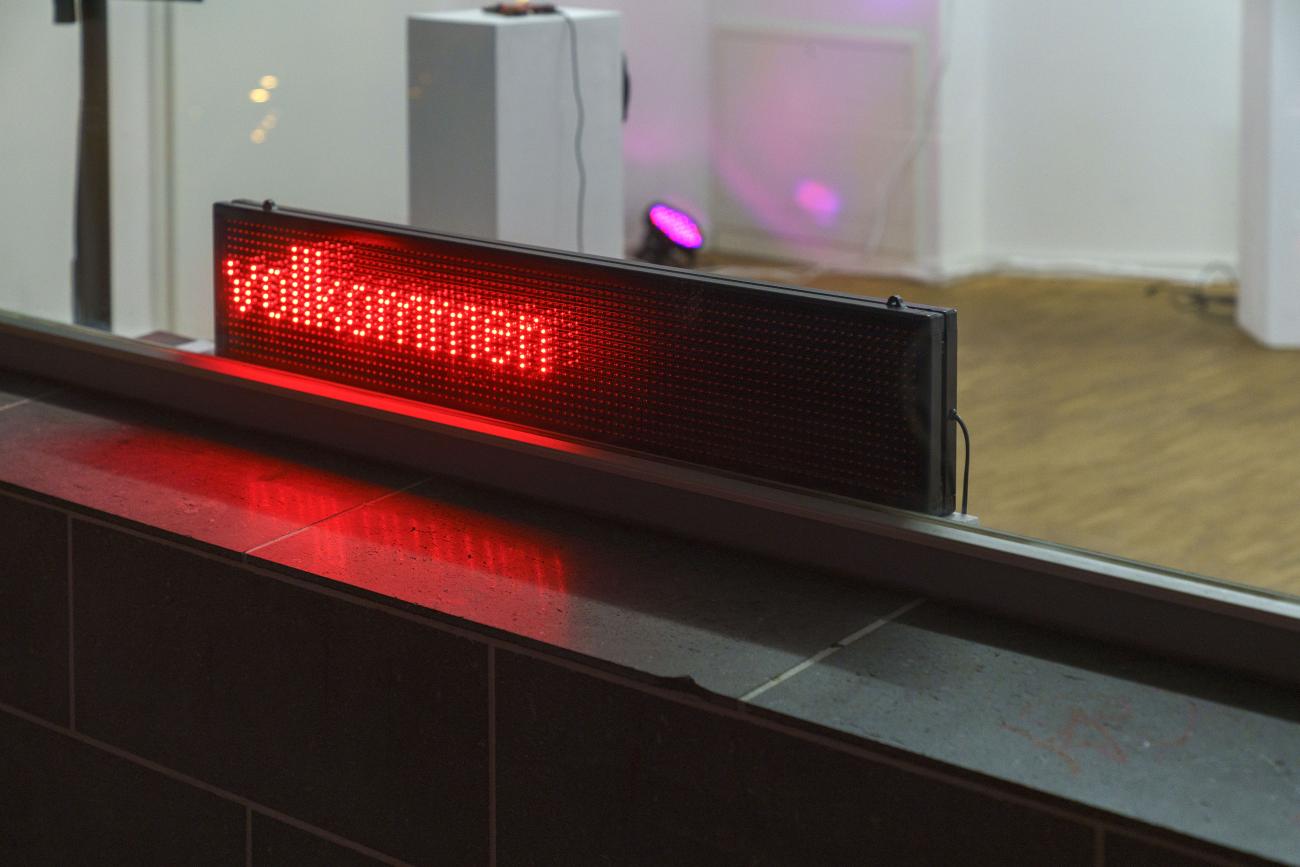
Saal 6 & Pole Position, 2021
Lain Iwakura, Martin Stiehl
LED ticker, markov chains, manuscripts of Saal 6 & Pole Position by Achim Szepanski
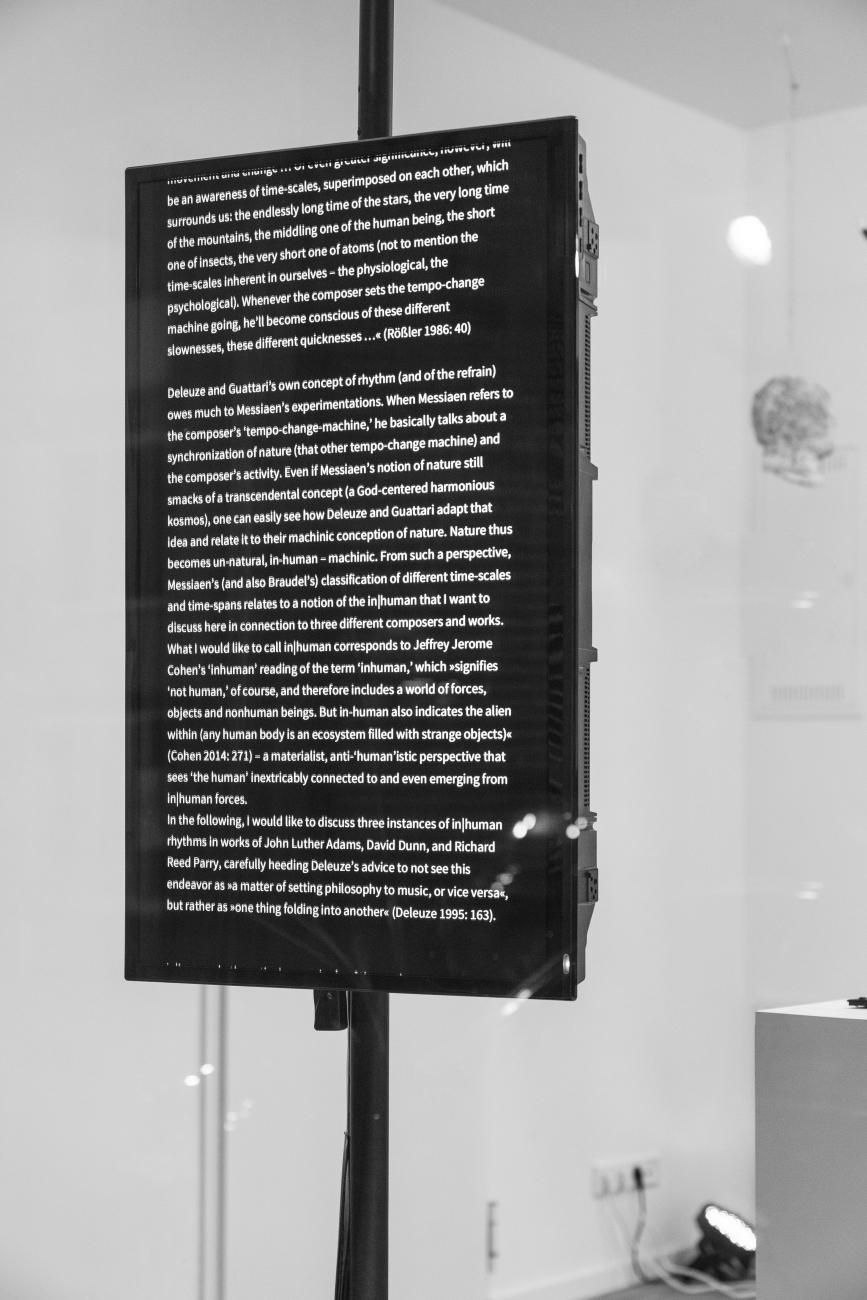
Ultrablack of Music, 2019
Achim Szepanski
text, video
Dieses Projekt wird unterstützt von: Kulturamt Frankfurt, Stiftung Kunstfonds sowie dem Bundesförderprogramm Neustart Kultur.
This project is supported by: Kulturamt Frankfurt, Stiftung Kunstfonds and the federal funding program Neustart Kultur.
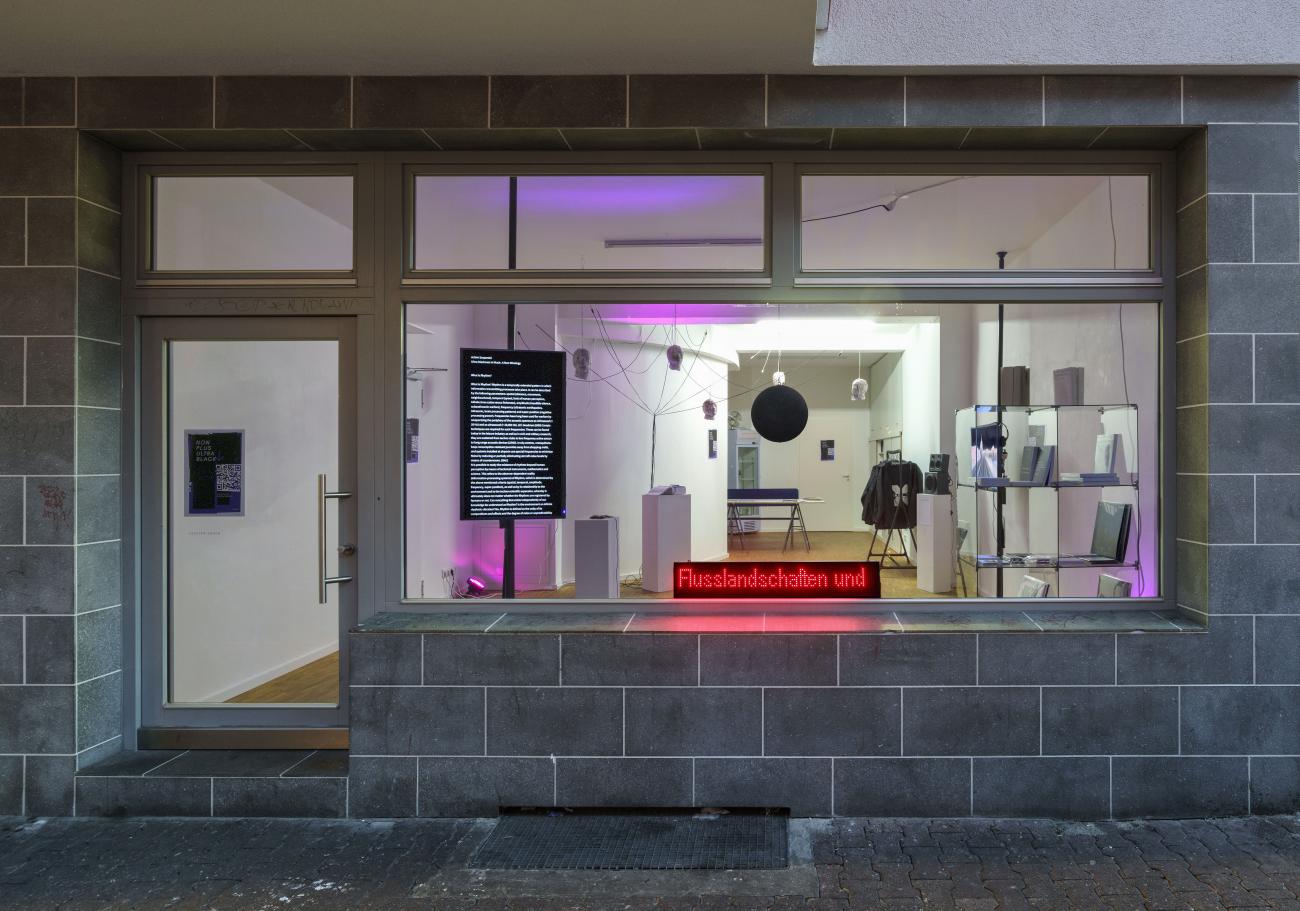
Die Onlineversion von NONPLUSULTRABLACK ist Teil von the wrong biennale.
The online version of NONPLUSULTRABLACK is part of the wrong biennale.

Fotos: Wolfgang Günzel